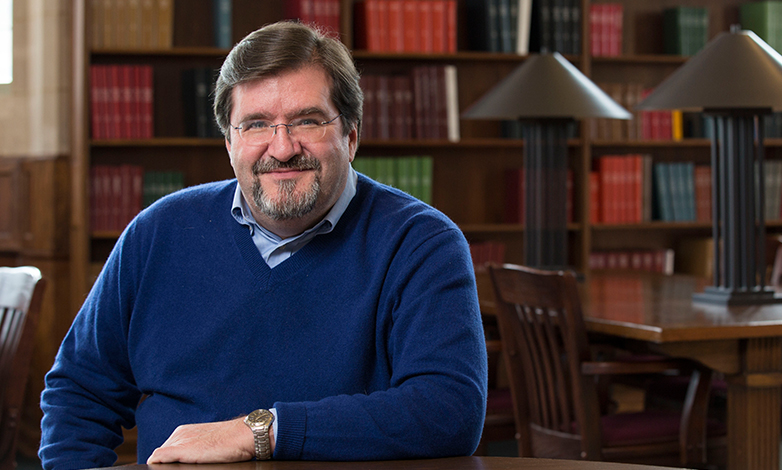After Medicaid expansion began in Missouri in July 2021, the proportion of emergency department visits financed by Medicaid rose by nearly 15 percentage points, while the proportion of such visits financed by the uninsured dropped by 14 percentage points, finds a new analysis from the Center for Advancing Health Services, Policy and Economics Research at Washington University in St. Louis.

Similar trends were observed for inpatient hospital stays.
“These findings suggest that the expansion and growth in Medicaid enrollment in Missouri led to very large reductions in both the burden of uncompensated care for hospitals but also, importantly, out-of-pocket costs for previously uninsured persons in Missouri,” said Timothy McBride, the Bernard Becker Professor in WashU’s Brown School and co-director of the Center for Advancing Health Services, Policy and Economics Research at the university’s Institute for Public Health.
The analysis is based on changes in hospital visits over time in all hospitals in Missouri, before and after the start of the COVID-19 pandemic and Medicaid expansion, concentrating on emergency department visits and inpatient stays and the “payer mix” of those visits, which is the source of payment the hospitals receive (for example, private, Medicaid, Medicare and uncompensated).
While the findings of a significant reduction in patients with hospital visits that are uninsured is consistent with findings in other states that have expanded Medicaid, Missouri is relatively unique to have expanded Medicaid during the pandemic, McBride said.
“Disentangling the part of the changes we are observing that are related to the rise in enrollment on Medicaid during the public health emergency from the expansion is a challenge and will be a focus of future work,” he said. “We also intend to look in detail at the implications for people with chronic conditions in Missouri as compared to other states.”
The study also found significant geographic variations in how the expansion of Medicaid and the pandemic impacted regions of Missouri. Before the pandemic started, a higher proportion of emergency department visits and inpatient stays were funded by Medicaid in rural areas in Missouri, but the gap between urban and rural areas narrowed almost completely for emergency department encounters during the public health emergency.


